Debt, sustainability, or development, what’s the priority?
Overview
Despite the rise in interest rates and the slowdown in the global economy, there has been no real generalized debt crisis in emerging and developing countries, with the majority of defaults coming from low-income countries.
Their situation, though heterogeneous, is nonetheless critical overall. Faced with a deterioration in sustainability as crises unfold, these countries are faced with the need for massive financing as part of their sustainable development. Many of them no longer have access to international capital markets, while others are financing themselves at risk premiums reaching prohibitive levels. Most of the 36 heavily indebted developing countries (representing 10% of the world’s population) are in sub-Saharan Africa.
Massive financing needs are not confined to emerging and developing countries, although their situation is critical. The so-called advanced countries also face the challenge of sustainable growth, a concept that obviously includes the climate and digital transitions, but also the health and education sectors, key factors in development.
Debt, whose sustainability is critical depending on the level of development, seems to be a financing method that is reaching its limits in ensuring sustainable growth/development.
What are the potential alternative modes of financing? What are the roles of international organizations (IMF, World Bank, etc.) and private creditors?
How can we convince advanced countries with limited fiscal space that they should nevertheless contribute to financing the least developed countries?
Can’t these issues be transposed to companies’ development strategies?
Speakers




Coordinator

Moderator

Photo gallery





















